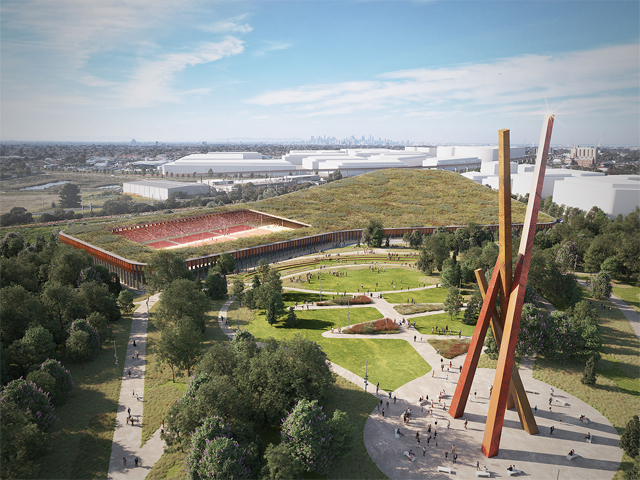WORLD’S LONGEST SEA BRIDGE BREAKS BARRIERS
08 May 2018
After eight long years of construction, the Hong Kong-Zhuhai-Macau (HKZM) Bridge is set to finally open to the public. The 55-kilometre bridge and undersea tunnel is the world’s longest sea bridge and will link two key regions of Hong Kong and Macau with mainland China, significantly reducing travel time by 60 percent and uniting 60 million people across the sea.

Dubbed “the most challenging engineering project in the world”, the $15 billion bridge is a colossal undertaking, utilising 420,000 tonnes of steel (60 times that of the Eiffel Tower) the construction process was hindered by numerous construction challenges, corruption scandals, budget exertions and worker injuries and death. The bridge is expected to last 120 years and will carry 40,000 vehicles daily. With over 100 steel cylinders drilled into the uneven, soft and deep seabed terrain, providing the foundation for the tunnel and two manmade islands, the bridge is built to withstand typhoons, earthquakes and flooding. Over 14,000 workers and 300 ships were utilised at the busiest point of construction.
The six-lane HKZM Bridge consists of three cable-stayed bridges, three manmade islands, and an undersea tunnel, extending a total of 55 kilometres through the Lingdingyang channel. It connects three major cities from Hong Kong, Zhuhai and Macau along the Pearl River Delta. The bridge will provide a significant reduction in travel time from four hours to under one hour, thereby reducing the divide between the cities. 
“The bridge will act like a ring road for the Pearl River Delta area. It will not only speed up transport, it will also help spread Hong Kong's development to the cities on the mainland side,” said Deputy Director Yu Lie.
One of the most challenging components of the project was the construction of the 6.7-kilometre undersea tunnel. 80,000-tonne pipes had to be linked under the sea, utilising watertight technology. “There were many nights where I couldn’t fall asleep because there were too many difficulties during the construction,” said the project planning manager, Gao Xinglin. “Linking the pipes undersea was the most challenging.”
The tunnel had to be constructed to ensure that important sea transportation would not be hindered. Additionally, the bridge had to be constructed with flight restrictions in mind, due to the Hong Kong International Airport’s flight path cutting straight across. The white dolphin population was also brought into consideration due to environmental concerns surrounding the effects of dredging. In order to combat this, a non-dredge method was used for the Hong Kong Boundary Crossing Facilities Island, where a seawall was formed by driving filled circular steel cells into the sea floor; a method that has proved to be controversial due to extensive safety concerns. 
“This bridge – constructed with the cooperation of Hong Kong, Zhuhai and Macao – is the most challenging engineering project in the world so far,” stated bridge designer, Lin Wei. “That we have been able to accomplish it within seven years is something all Chinese people should take pride in.”
The HKZM Bridge was not only challenged by its feat of engineering, but by its role as a link between three Chinese cities, each with individual legal systems, road rules, and border security. Mainlanders require a permit to travel to Hong Kong and Macau, and there are strict restrictions on how many vehicles can leave and enter each city. These systems will affect the number of vehicles that can pass across each day, but the directors are confident that they will become more lenient as time passes.
The Chinese government has stated that the bridge is a vital link to connect the three regions and create a companionable discourse between Hong Kong, Beijing and Macau. 
The bridge was completed in November 2017 and will open to the public in July 2018.

MORE NEWS

MELBOURNE'S NEW PARK ON A FORMER LANDFILL SITE

MASTERPLAN FOR INCLUSIVE, CLIMATE-RESILIENT COMMUNITY PARK IN LISMORE

JARRAHDALE TRAIL CENTRE TAKES DESIGN CUES FROM NATIVE FLORA

STRIKING GOLD IN BALLARAT

WOOD CARVING WITH BRANDON KROON

